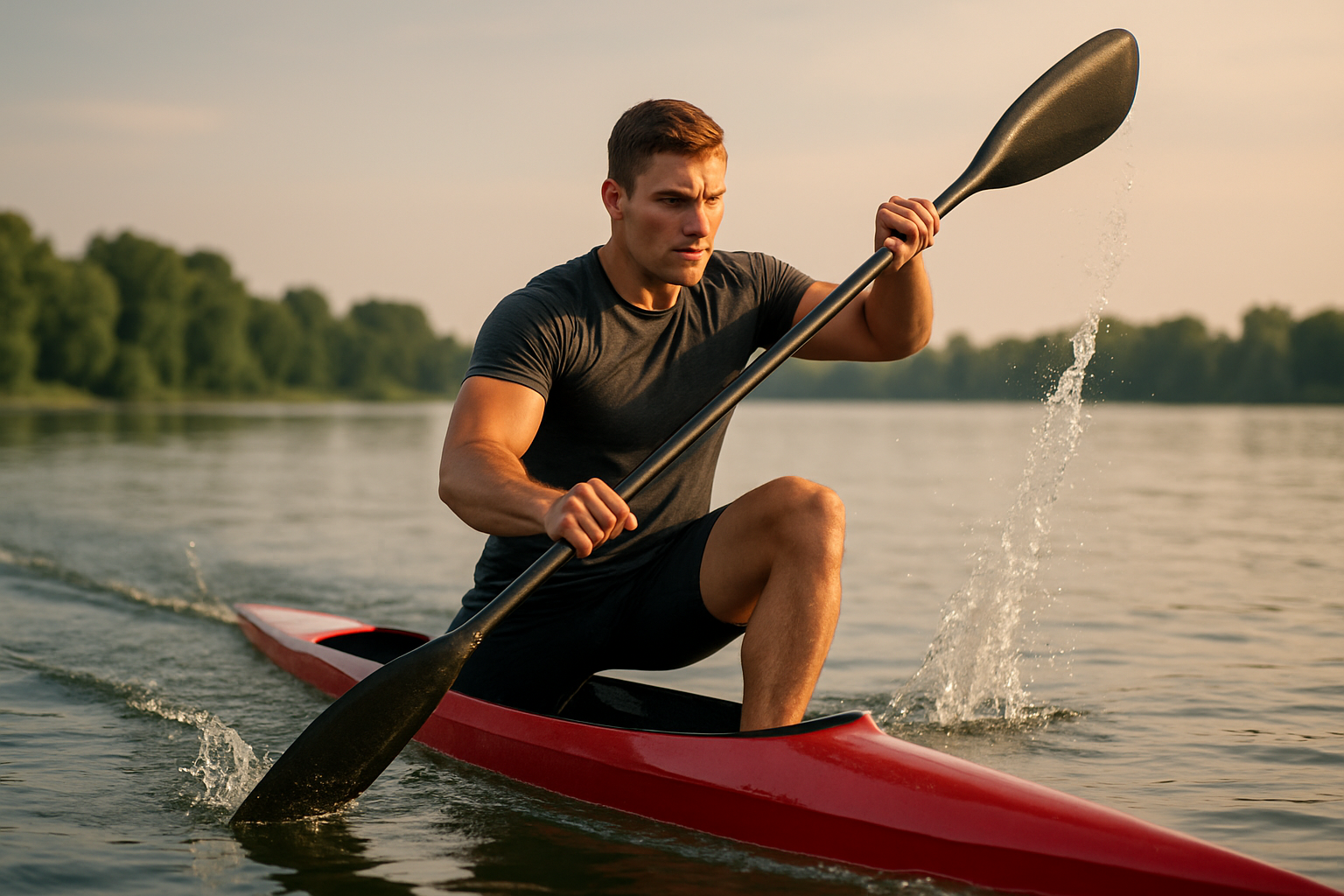Culinary Kayaking: Paddling Through Gastronomic Adventures
From tranquil lakes to rushing rivers, kayaking has long been a beloved outdoor activity. But imagine combining the thrill of paddling with the joy of culinary exploration. Welcome to the world of culinary kayaking, an emerging trend that's redefining adventure travel. This innovative concept marries the serenity of water-based exploration with the excitement of discovering local cuisines, offering a unique way to experience both natural beauty and gastronomic delights. Let's dive into this delicious adventure that's making waves in the travel industry.

The concept gained traction in coastal areas and lake regions, where abundant water routes intersect with rich culinary traditions. From the fjords of Norway to the mangrove forests of Thailand, culinary kayaking has opened up new ways to explore diverse ecosystems and food cultures simultaneously.
A Feast for the Senses
What sets culinary kayaking apart is its ability to engage all the senses. As you paddle through pristine waters, you’re not just witnessing stunning landscapes; you’re also smelling the aromas of local cuisine wafting from shoreside kitchens, hearing the sizzle of fresh catches being prepared, and anticipating the flavors that await at your next stop.
These trips often include visits to fish markets, oyster farms, or waterfront vineyards that are accessible only by boat. Participants might learn to shuck oysters straight from the water, forage for seaweed to use in traditional dishes, or even catch their own dinner under the guidance of local experts.
Cultural Immersion Through Food and Paddle
Culinary kayaking offers a unique form of cultural immersion. By combining physical activity with gastronomic exploration, travelers gain a deeper understanding of how geography, climate, and local traditions shape a region’s cuisine. For instance, a kayaking trip through Vietnam’s Mekong Delta might include stops at floating markets, lessons in preparing river fish, and insights into how the ebb and flow of the river influence local eating habits.
This approach allows travelers to connect with local communities in meaningful ways. Many tours partner with small-scale producers, family-run restaurants, and indigenous communities, fostering cultural exchange and supporting sustainable tourism practices.
Adapting to Diverse Destinations
The versatility of culinary kayaking allows it to be adapted to a wide range of destinations and skill levels. In urban areas like Copenhagen or Amsterdam, kayakers might explore city canals, stopping at trendy waterfront eateries or hidden gems known only to locals. In more remote locations, like the islands of Croatia or the lakes of Patagonia, trips might focus on wild ingredients and traditional cooking methods.
Some operators offer multi-day expeditions where participants camp on beaches or islands, learning to cook with limited resources and local ingredients. Others cater to luxury travelers, combining kayaking with stays at high-end resorts and meals prepared by renowned chefs.
Challenges and Considerations
While culinary kayaking offers unique experiences, it also presents challenges. Operators must balance safety considerations with culinary ambitions, ensuring that food storage and preparation meet hygiene standards even in remote locations. Weather conditions can affect both paddling plans and food-related activities, requiring flexibility and backup options.
Additionally, as the trend grows, there’s an increasing need to manage its impact on local ecosystems and communities. Responsible operators are implementing practices like limiting group sizes, using eco-friendly kayaks, and partnering with local conservation efforts to ensure the sustainability of this travel niche.
Paddle and Plate: Essential Tips for Culinary Kayakers
-
Research operators carefully, looking for those with strong local connections and sustainable practices
-
Pack lightweight, quick-dry clothing suitable for both paddling and dining
-
Bring a waterproof camera to capture your gastronomic adventures
-
Be open to trying new foods and cooking techniques
-
Consider taking a basic kayaking course before embarking on a culinary kayaking trip
-
Look for trips that align with your dietary preferences or restrictions
-
Don’t forget to bring reusable water bottles and eco-friendly containers for leftovers
As the travel industry continues to evolve, culinary kayaking stands out as a creative and immersive way to explore the world. By combining physical activity, cultural engagement, and gastronomic discovery, it offers a truly multifaceted travel experience. Whether you’re paddling through city canals or remote coastlines, culinary kayaking promises adventures that are as delicious as they are unforgettable. As this trend continues to grow, it’s clear that for many travelers, the journey to great food is just as important as the meal itself.





